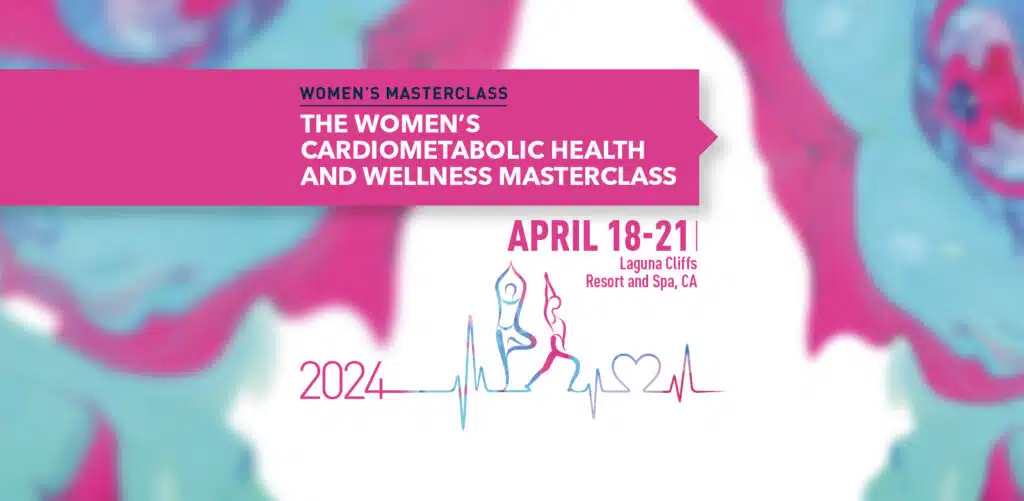Another interesting study recently published in JAMA Internal Medicine looked at the number of steps associated with lower mortality rates in a large population of older women.15 The authors found that women who walked 4400 steps/day had a lower mortality risk compared to those who walked 2,700 steps/ day over a follow-up period of 4.3 years, with no mortality benefit in women that walked more than 7500 steps/day. We tend to recommend to walk at least 10,000 steps a day in clinical practice, but in this study, and at least in the investigated population, they found that when you go above 7500 steps there wasn’t really a reduction of all-cause mortality.
The good news is that even if you sit for very long or do not walk 10,000 steps a day, if you increase the amount of daily physical activity, including the number of daily steps, you can still significantly reduce your cardiovascular risk. This is something that all clinical providers should address in their visits with patients, in fact, asking questions to trying to quantify daily physical activity and sedentary behaviors and ultimately trying to address them, could result in improved overall cardiovascular and metabolic health.


















